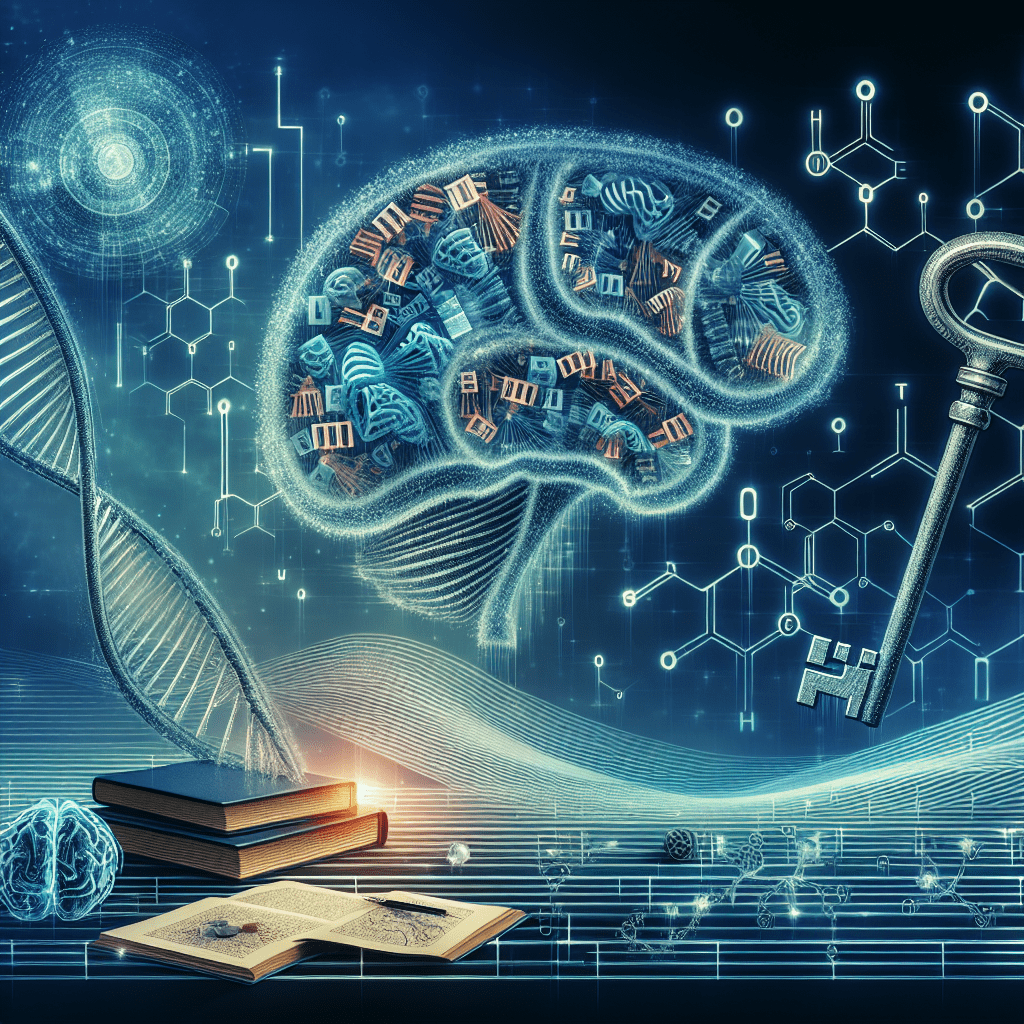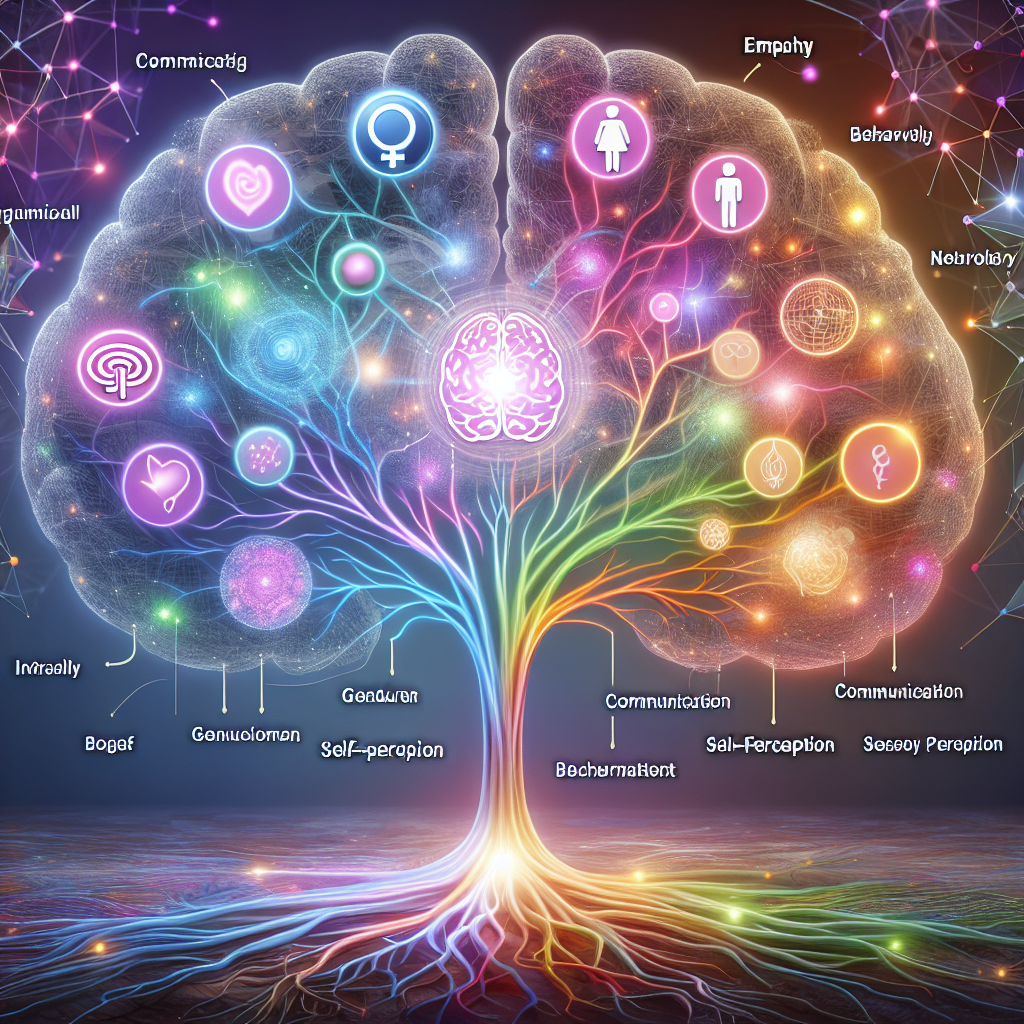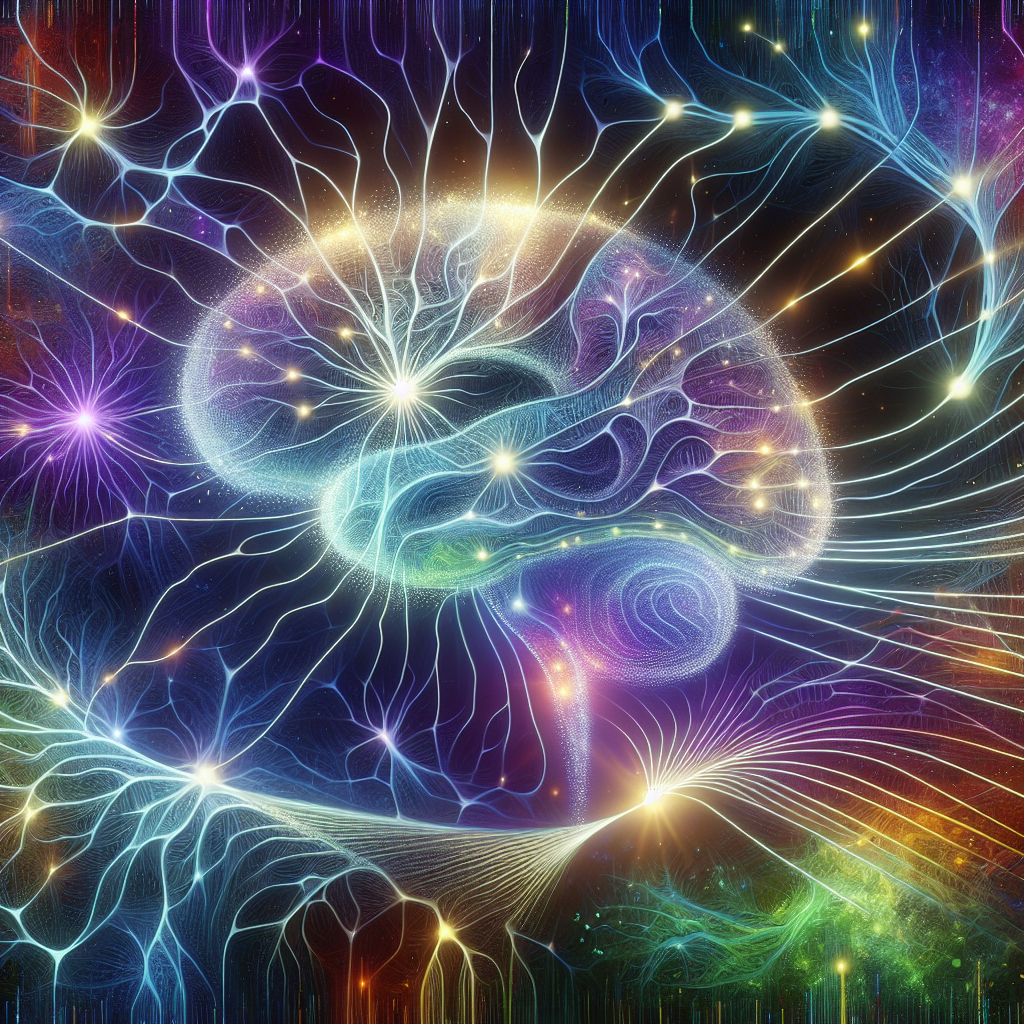Introduction Imagine cruising down an open highway, the sun setting in the rearview mirror, and the music just right. It’s the perfect drive—except for one invisible companion: lingering effects of cannabis consumption. In recent years, debates have intensified regarding cannabis legalization, sparking curiosity about its impact on various aspects of life. One critical question has […]
Tag: Diagnostic radiology

Unlocking the Genetic Puzzle: How Tiny DNA Deletions Can Influence Schizophrenia and Brain Structure**
Introduction The human brain is a marvel of complexity, with its myriad functions ranging from facilitating our daily tasks to harboring the essence of our personalities. Yet, what happens when small tweaks in our genetic code ripple through this intricate organ? This intriguing question lies at the heart of a groundbreaking pilot study that delves […]

Understanding the Intersection: Social Cognition, Gender, and the Autism Spectrum
Introduction Imagine walking into a crowded room and immediately feeling overwhelmed by the noise, faces, and invisible social expectations. For many, navigating social situations is as intuitive as breathing. But for others, it can be a daunting maze. This brings us to an intriguing intersection of social cognition, the male brain, and autism spectrum disorders. […]

Decoding the Brain’s Efficiency: A Dive into Visuo-Spatial Intelligence
Introduction: The Brain’s Hidden Puzzle Have you ever wondered why some people solve puzzles or navigate unknown places with ease, while others struggle despite trying just as hard? The answer might lie in something called neural efficiency. This is a fascinating concept that suggests that smarter brains might actually work less hard to solve problems, […]

The Comfort of Close Company: How a Caregiver’s Presence Eases Anxious Young Minds
Introduction: Comfort in the Midst of Chaos Have you ever noticed how the presence of a loved one can calm your nerves in stressful situations? Consider a time when a hug from your mom transformed a moment of panic into one of reassurance. This universal experience isn’t just anecdotal; it’s backed by science. One fascinating […]
Clarifying the Role of the Rostral dmPFC/dACC in Fear/Anxiety: Learning, Appraisal or Expression?
Data in this article is provided by PLOS. Related Articles Eye Movements to Natural Images as a Function of Sex and Personality Unraveling the Invisible Ties: How Family and Environment Shape ADHD in Chinese Children Impulsive Action but Not Impulsive Choice Determines Problem Gambling Severity Investigating the Genetic Basis of Theory of Mind (ToM): The […]
Common Neural Recruitment across Diverse Sustained Attention Tasks
Data in this article is provided by PLOS. Related Articles Eye Movements to Natural Images as a Function of Sex and Personality Unraveling the Invisible Ties: How Family and Environment Shape ADHD in Chinese Children Impulsive Action but Not Impulsive Choice Determines Problem Gambling Severity Investigating the Genetic Basis of Theory of Mind (ToM): The […]
Differential Deactivation during Mentalizing and Classification of Autism Based on Default Mode Network Connectivity
Data in this article is provided by PLOS. Related Articles Unraveling the Invisible Ties: How Family and Environment Shape ADHD in Chinese Children Impulsive Action but Not Impulsive Choice Determines Problem Gambling Severity Time Perception in Children with Autism: A New Perspective** Peering Into the Mystical Mind: Neuroimaging Dissociative Trance States Game Theory Revelation: Understanding […]

Peering Into the Mystical Mind: Neuroimaging Dissociative Trance States
Introduction Picture this: a person, eyes half-closed, begins to write furiously, words flowing effortlessly onto paper. It seems almost as though these words are not their own, as if guided by some external force. This is the mystical process of psychography—a phenomenon that has intrigued spiritualists and skeptics alike for centuries. Is there science behind […]
Effect of Intentional Bias on Agency Attribution of Animated Motion: An Event-Related fMRI Study
Data in this article is provided by PLOS. Related Articles Eye Movements to Natural Images as a Function of Sex and Personality Unraveling the Invisible Ties: How Family and Environment Shape ADHD in Chinese Children Impulsive Action but Not Impulsive Choice Determines Problem Gambling Severity Investigating the Genetic Basis of Theory of Mind (ToM): The […]
